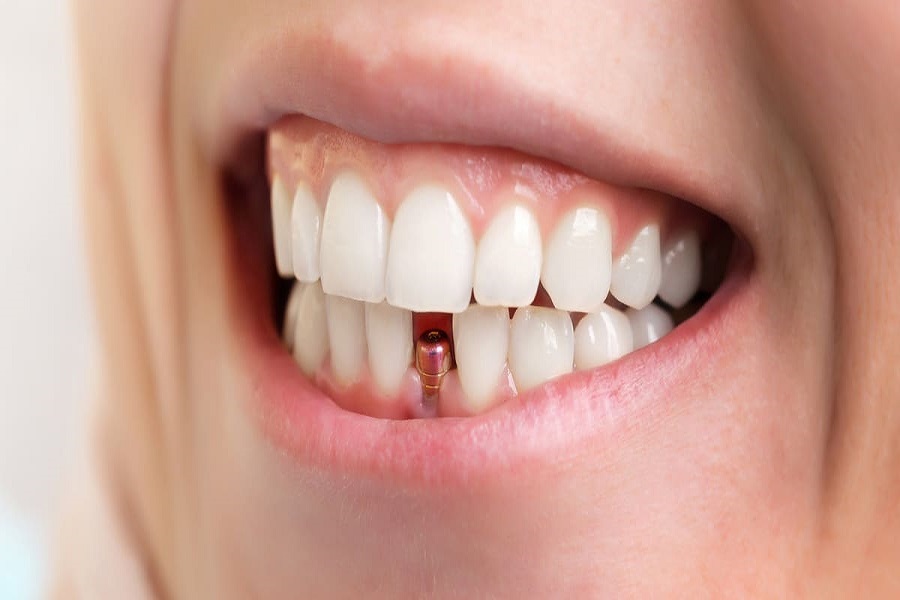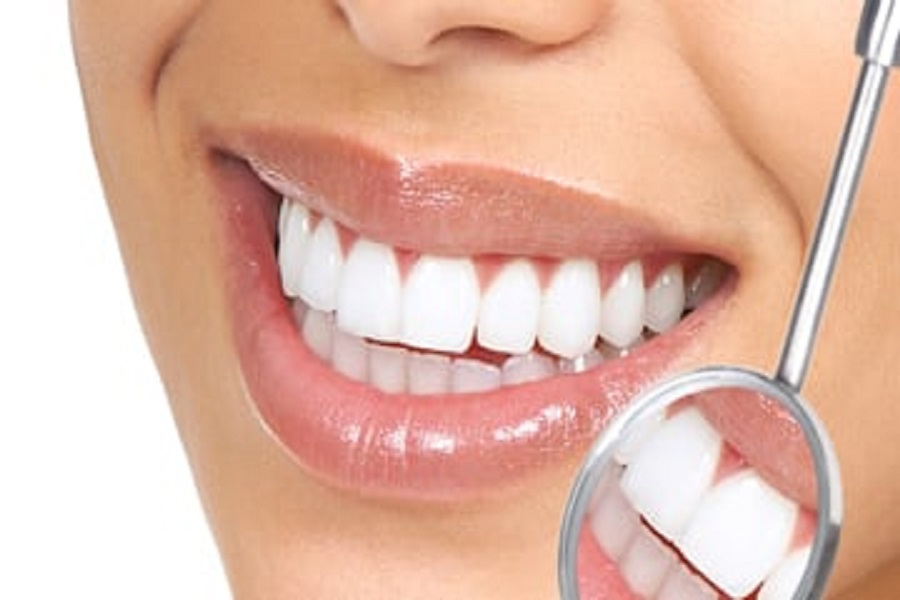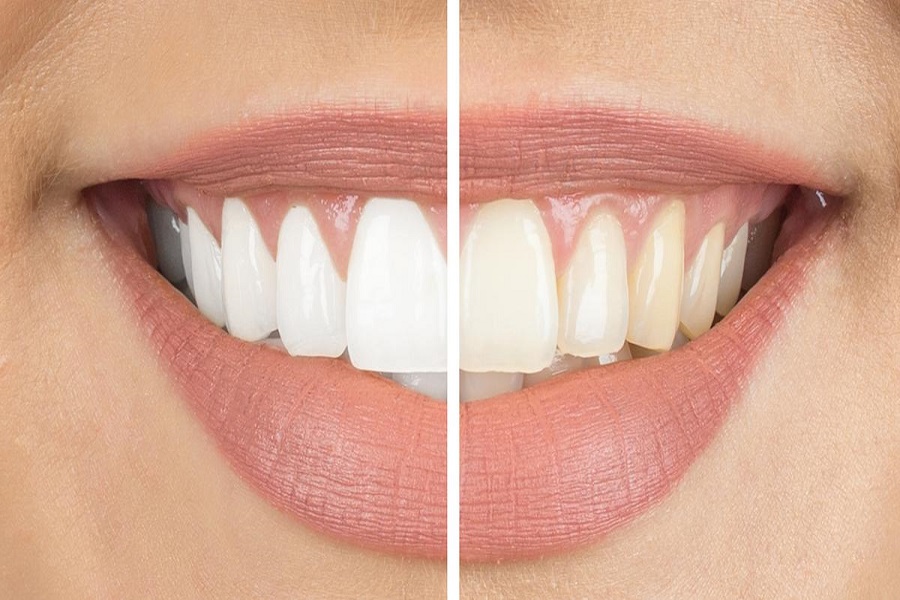MEAW: The ideal arch of a new generation When the orthodontic treatment of orthodontic deformity enters the late stage, the patients have “poor inclination and torque of the anterior tooth axis”, “poor height of the incisal edge and abutting relationship”, and the midline of the upper and lower dental arches is not correct. Problems such as poor alignment and poor arch shape and width” have been basically solved by conventional means, but there may still be problems that require fine adjustment. Scientific and fine position adjustment of teeth at the end of orthodontic treatment is the key to establishing perfect orthodontic results. Important steps, there are many methods available at this time, including the use of conventional ideal arch wires. The use of multi-curved square wire arch (MEAW) for fine adjustment of tooth position and occlusion is simpler, easier to master, and easier to use. Easy to establish ideal bite.
1. Common problems at the end of orthodontic treatment 1.1 The second molar is not involved, the position is not good, the first molar is rotated or inclined, and there is a step between the first and second molar: due to historical reasons, most of the current fixed orthodontics are mostly limited to Tooth positions 6-6, the second molars were not involved. However, the buccal and near-medium dislocation of the teeth is more common, and some of them also form a spanning with the opposing teeth. If the problem of the second molar is not solved, it will not only affect the establishment of a perfect occlusion, but also adversely affect the entire oral and maxillofacial function. In severe cases, it is easy to cause problems of the temporomandibular joint. In addition, the first molar is often used as an important anchoring tooth in the process of orthodontic treatment. In the later stage of orthodontic treatment, there are often problems such as distal buccal rotation, mesial inclination of the crown, and steps between the first and second molars.
1.2 Deep coverage of anterior teeth: For Class I malocclusion and Class II malocclusion, the coverage of anterior teeth may be relatively deep at the end of orthodontic treatment, and it is difficult to completely solve the problem by simply guiding the mandible forward by * Class II intermaxillary traction. Stablize. At the same time, in cases of orthodontic treatment with intermaxillary type II traction as an important means, the tendency of the teeth to return to their original positions is relatively large after the orthodontic treatment.
1.3 Deep overbite of anterior teeth: In the process of orthodontic treatment, due to inappropriate force or loss of control of vertical molar anchorage, it is easy to lead to overbite of anterior teeth. In the case of extraction orthodontics, deep overbite of the anterior teeth may be more common because of the closing of the space. In the case of deep overbite, the overbite of the anterior teeth should be shallower at the end of the orthodontic treatment.
1.4 The posterior teeth are not upright and the Tweed occlusion is not established: At the end of the treatment, not only the inclination of the anterior teeth that meets the requirements should be established, but also the posterior teeth should also be erected in the alveolar bone, otherwise the occlusion is unstable and the misalignment is prone to recurrence. However, in the stage of closing the gap, because the size of the arch wire used is smaller than the size of the bracket groove, the teeth on both sides of the extraction gap are prone to have crown contact and root separation. In addition, active correction should reach the state of overcorrection, which is a very important method to prevent recurrence. The establishment of Tweed occlusion is a manifestation of overcorrection, that is, at the end of active correction, only the mesial cusps of the maxillary first molars are in contact with the opposing teeth, and the mandibular second molars should not be in contact.
1.5 The position of individual teeth is not ideal, and the close occlusion is not established: when the bracket is pasted, the error is more or less inevitable, the position of the bracket is difficult to ensure extremely accurate, and the tooth shape has certain differences. It is still difficult to ensure that each tooth achieves the ideal position and establishes a close occlusal relationship with the opposing teeth. If the close occlusal relationship of the cusp-fossa contact is not established, the misalignment is easy to recur.
1.6 Remaining space in the dental arch: For the cases of tooth extraction, there may be a little space left in the dental arch at the end of the treatment. The remaining gap should be closed.
2. The characteristics of the multi-curved square wire (MEAW) The multi-curved square wire is a kind of arch wire designed by the Korean-American orthodontist Young H. Kim. A horizontal curve (L-shaped curve) is formed between adjacent teeth. Each L-shaped curve includes vertical and horizontal parts, which are used to control the horizontal and vertical positions of the teeth respectively. In addition, the existence of the “curve” also reduces the deformation rate of the arch wire. The archwire is particularly characterized in the following respects:
2.1 It can adjust the different problems of different teeth at the same time: Since from the lateral incisor to the distal, a horizontal curve is formed between each pair of adjacent teeth, which greatly increases the length of the arch wire between the brackets, thus making the brackets. The adjustable range of the arch wire between the grooves is enlarged, which can effectively control the position of the teeth, while the adjacent teeth are hardly affected. Almost all teeth can move in different ways at the same time, thus shortening the duration of treatment.
2.2 Posterior teeth with mesial inclination can be effectively vertical: Tweed-Merrifield classic square wire orthodontic technique emphasizes the importance of vertical posterior teeth and establishment of appropriate mandibular incisor inclination. In the Tweed-Merrifield technique, the square arch wire is used at the beginning of the treatment, and its force on the teeth is undoubtedly large. In order to solve this problem, it adopts the method of “one-on-one” to assemble the brackets and the buccal tube, so as to increase the length of the arch wire between the brackets. The MEAW technology uses an L-shaped curve between each pair of brackets to increase the length of the arch wire between the brackets. (about 1/10 of the commonly used straight wire). The numerous bends also reduce the rate of deformation of the archwire, allowing for more sustained force.
2.3 Able to finely adjust the three-dimensional position of the teeth and obtain a good occlusal relationship: using the MEAW archwire can apply different forces to each tooth, and with appropriate intermaxillary traction, a good cusp-fossa tight occlusal relationship can be obtained in a short time. .
3. Clinical application of multi-curved square wire arch (MEAW)
3.1 Intraoral preparation: The buccal tube on the first molar should be fitted with a buccal tube with a removable buccal cover, or with a long bracket. Buccal tubes can generally be attached to second molars. Because of the large “joint-gingival distance” of the domestic pasted buccal tube, when pasting the second molar buccal tube, we must pay attention to the height of the buccal tube diameter center (in the case of not affecting the occlusion, the buccal tube should be offset as far as possible) Paste in the same direction, maybe a trick). At the end of the orthodontic treatment, panoramic X-rays and cephalometric X-rays should be taken for the patient to understand the mesiodistal and labiolingual inclination of the teeth, so that the MEAW archwire can be adjusted. Brackets that are obviously incorrectly positioned should be removed and re-attached. In addition, the shape, width, symmetry of the dental arch, the contact of the upper and lower teeth, and the space in the dental arch should be carefully checked.
3.2 Bending of MEAW wire: If a .018”×.025” bracket system is used, .016”×.022” stainless steel square wire should be used to bend the MEAW wire; if .022” is used ×.028” bracket system, it is recommended to use .017”×.022” stainless steel square wire to bend MEAW arch wire. When you decide to bend the MEAW wire, you can first print the stage plaster model for the patient, and then draw the shape of the MEAW wire on the model. Mark the wire (mark the position of the adjacent two adjacent teeth on the arch wire), and bend the MEAW arch wire compared to the existing arch wire. No matter which method is adopted, it is necessary to make each L-shaped curve formed by bending neither outwardly warped nor compressing the alveolar mucosa. The bent MEAW archwire should not only make the L-shaped curve have a good labiolingual inclination, but also emphasize that the first sequence bending of the arch wire should meet the shape requirements of the ideal arch, and the abduction bending of the canine and the first molar should be Standards compliant.
3.3 Adjustment of MEAW arch wire: When using MEAW arch wire for the first time, it is recommended not to bend the arch wire and adjust the arch wire on a certain tooth position. It is recommended to use a flat MEAW arch wire once (4 weeks), and when the patient returns for a follow-up visit, the MEAW arch wire should be adjusted according to the specific conditions in the oral cavity. The adjustment of MEAW archwire can be divided into two ways: intraoral adjustment and extraoral adjustment. For the height, inclination, and lingual position of a certain tooth, it is generally not necessary to remove the arch wire and adjust the arch wire in the oral cavity. It is more convenient to remove the arch wire and adjust it outside the oral cavity when the bending is continuous and backward. When using the MEAW archwire, X-rays can be taken one or more times according to the situation to know whether the adjustment of the tooth position meets the requirements. For the small residual space in the dental arch, the MEAW wire can also be closed. The specific method is: open the vertical part of the L-shaped curve at the gap, make the arch wire behind the curve slide backward, and then ligate the last L-shaped curve and the buccal hook of the buccal canal of the second molar with a ligation rubber band . In this way, the step of re-bending the closed-gap wire can be eliminated, and the gap closure effect is good. For the problem of deep overbite of anterior teeth in the final stage of orthodontic treatment, it can be solved by adding continuous retroversion on the MEAW arch; for the existing problems such as poor tooth contact and excessive anterior teeth coverage, the necessary intermaxillary II should be coordinated. Class, Class III, Oblique, W-shaped, M-shaped traction. It is best to achieve an overcorrected state. The MEAW arch wire is used as the last arch wire, and there is not much need to use the traditional ideal arch wire.






























